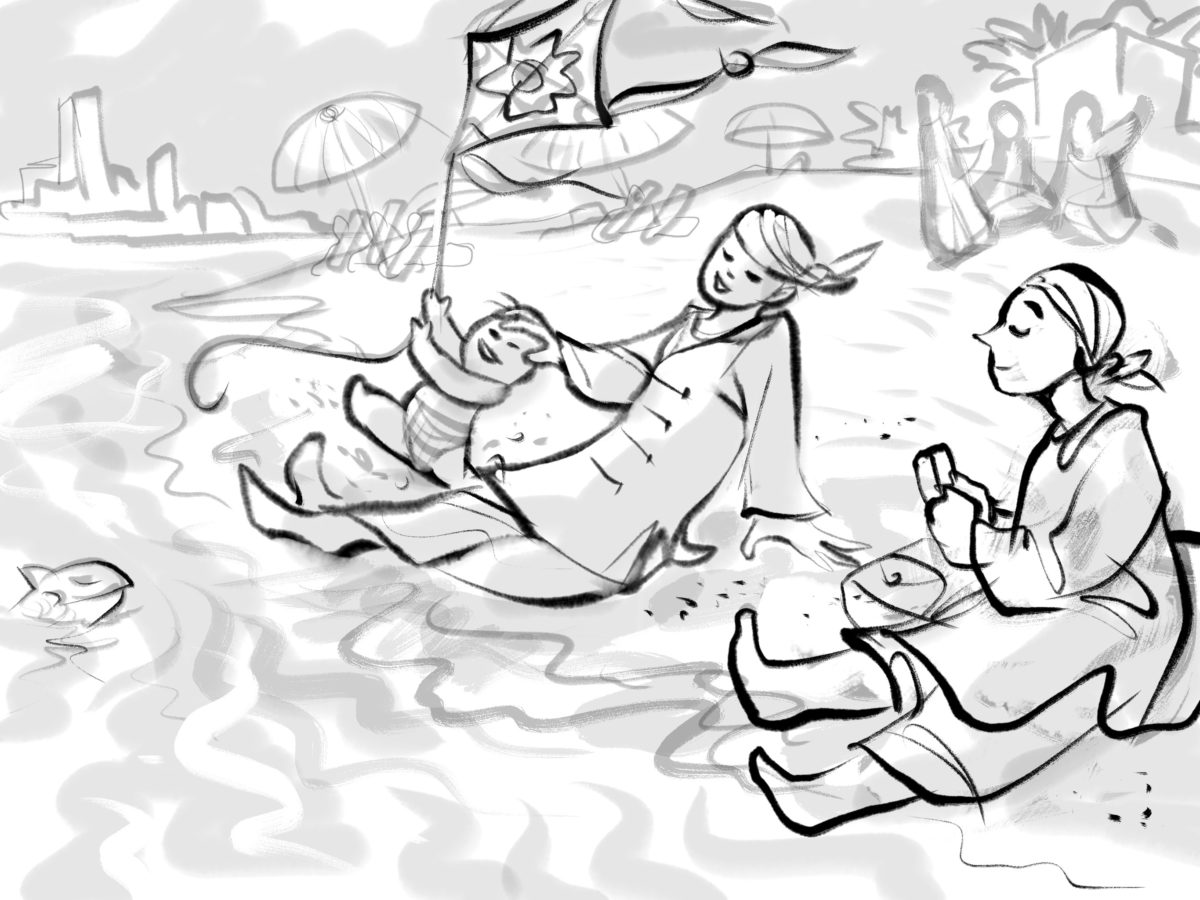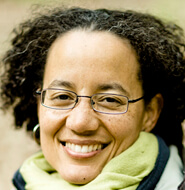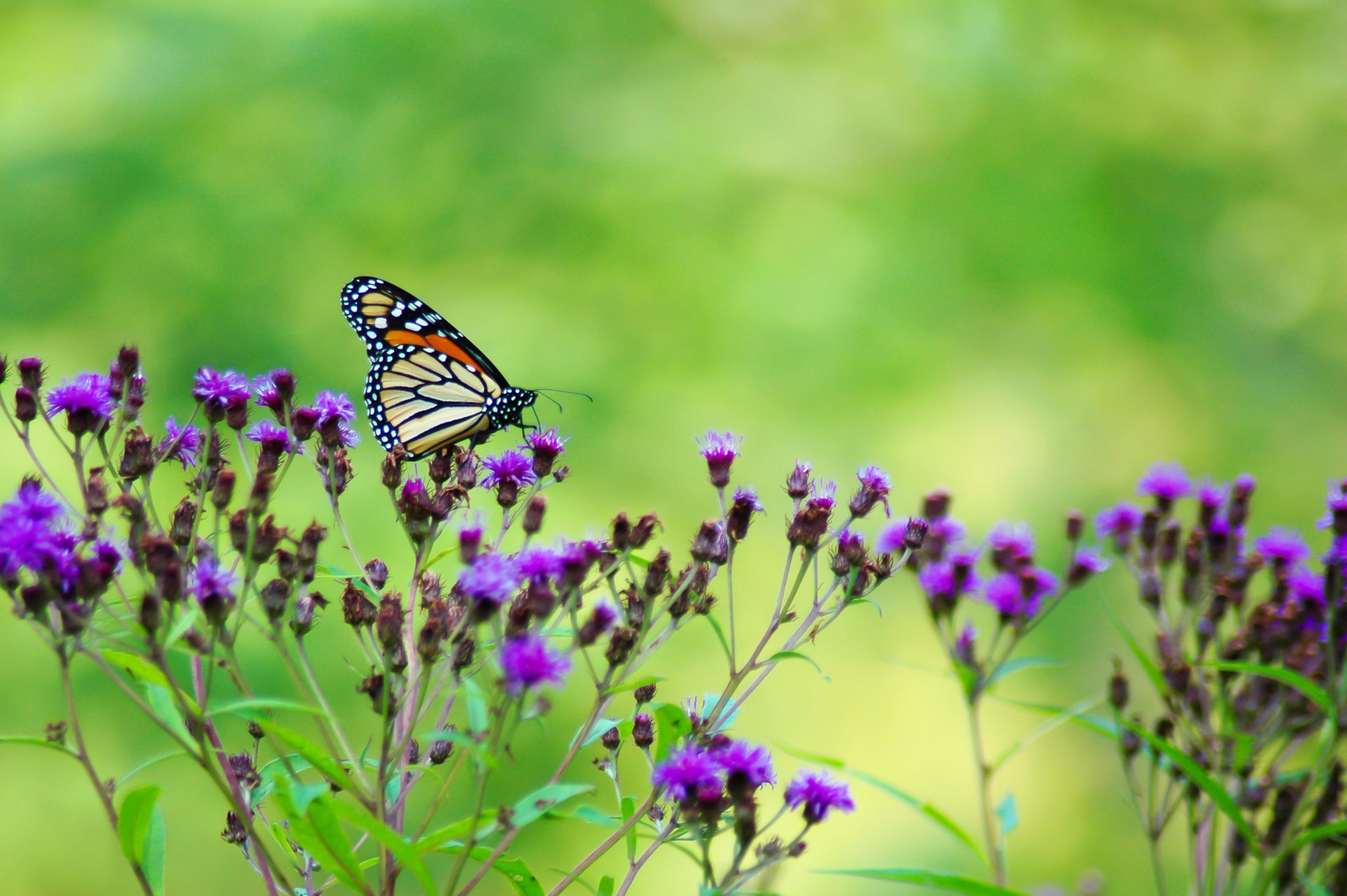By Kaira Jewel Lingo in June 2018
Dharma Talk at ABC Home, September 2016
Dear Thay, Dear friends, Dear Sangha,
Walking from the bus to ABC Home in New York City this morning, the streets felt different. Barriers were up, and many cars weren’t around. While I knew it was Sunday morning and this explained the absence of cars, the energy felt very soft and tender.
By Kaira Jewel Lingo in June 2018
Dharma Talk at ABC Home, September 2016
Dear Thay, Dear friends, Dear Sangha,
Walking from the bus to ABC Home in New York City this morning, the streets felt different. Barriers were up, and many cars weren’t around. While I knew it was Sunday morning and this explained the absence of cars, the energy felt very soft and tender. I stopped to rearrange my backpack and asked someone why all the barriers were up. He said two bombings happened last night. I was so grateful I was on my way to our Day of Mindfulness, after hearing this news.
We are today [at ABC Home] in mindfulness, doing exactly what’s needed, but particularly when we’re experiencing the effects of this kind of harm and brutality. When we practiced walking meditation earlier today, I felt we were creating a force field together. It was the kind of food I needed, and it nourished me. It was like drinking up a sense of calmness; we held space for each other through our peaceful steps on the earth, our quietude, and our open acceptance of one another.
Only when we’ve grounded ourselves can we appropriately address the injustice and violence around us.
We talk about the Sangha, or the spiritual community of practice, as a place of refuge. The Sangha becomes a welcoming boat where we can come and be safe. We have created the container so we can settle down and replenish ourselves. With each mindful breath and step, the container becomes stronger. We are building a force field whose seeds of presence, of being available to ourselves and each other, doesn’t end when we leave here. The energy we are forming together affects this whole city, planet, universe.
We had a writing exercise to reflect on what love in action looks like. This love looks to me exactly like what we’re doing right now—showing up and settling in. Only when we’ve grounded ourselves can we appropriately address the injustice and violence around us. This day of exploring, where spirit and action meet, provides us with an opportunity to begin the process by stopping and turning within. I know I need help to do this for myself. I can come to a deeper place of rest in myself when I am with others who’re sharing this process.
I want to offer you questions I’ve been pondering. These may resonate for activists and anyone else who engages with suffering at home and in our world:
- How can we sustain a culture of self-reflection in our activism and our work for change?
- How can we organize around a cause while remaining open to its constantly changing nature?
- How can we nurture ourselves so we avoid burnout?
- How can we avoid reinforcing the very systems of oppression we are working to change?
- How can we remain true to our deepest aspirations and intentions?
Mindfulness helps us envision the change we wish to create. Part of mindfulness, part of holding ourselves with care in the work we do, includes being aware of our limits. A large number of us are on the brink of being overwhelmed—if we’re not already completely overwhelmed. I joked with a friend the other day that my email swamps me. Often when I check it, I think, “I can’t keep up with this pace.” It feels like the world is spinning faster and out of control with everything that is happening.
Let me share a Zen story: Someone approached a monk and asked, “What is this path about? Tell me in one sentence.” The monk replied, “This path is about an appropriate response.”
How do we respond appropriately, with compassion, clarity, and insight, to the circumstances of our lives? We need to be centered and steady. A calligraphy on the wall [at ABC Home] says, “Keep your sitting solid, all troubles will be no more.”
How do we keep that solidity in the midst of our troubles? We need to ensure we take in no more than we can manage. We must protect ourselves as we explore what to do, holding our hearts gently. We need to find ways to transform what we’re taking in, so that it doesn’t clog up the pathways in us. That’s why I’ll offer a session of InterPlay, a body-based, body wisdom activity, this afternoon to help us move stuff around so it doesn’t get stuck. It’s playful and powerful.
A storyteller, Martin Shaw, talks about the role of art as we engage in social change. He relates the story of how Perseus went to slay Medusa, the monster with snakes for hair. Everyone knew if you looked at Medusa, she would turn you into stone. Perseus slayed Medusa by observing her through the reflection of his shield; his cleverness meant he could pursue her without being transmuted into stone.
Martin Shaw says that art can become a similar shield for many of us. Through art we can confront the evil in the world, without being turned to stone, immobilized by the immensity of the issues we face. I would add that our spiritual practice itself can act as a shield. We can come home to ourselves and take refuge in community. Witnessing great suffering around us, we can act to relieve it without getting burned up by its intensity.
During a retreat last spring, a woman shared she discovered the importance of taking a break. Recently she had been listening to the news nonstop throughout the day. She was into politics and all the details of the presidential campaign. She listened to news on the radio, watched it on TV, and followed it on the internet. The saying “You are what you eat” usually applies to edible food, but we need to examine all the kinds of food we consume: what we listen to, what we watch, and what we read. On retreat this woman consumed another kind of food, and she recognized how little she needed this constant stream of news.
When I don’t give myself space to take in things that nourish me on a spiritual level, I feel like I’m starving. I have no appropriate response to what’s going on. I need to resource myself at a deeper level with silence and stillness. I need to allow my mind to step away from all that needs to be done and everything on my to-do list.
I was traveling with Thay and the Sangha when 9/11 happened. We were taking a bus north to Berkeley, where he was going to give a talk. We heard about the attacks and were all very upset. Right away we thought about how we could organize ourselves once we arrived in the Bay Area: create a press release, get materials from Parallax Press (our publisher), and help Thay prepare for his talk. Carrying much anxiety, we proposed instantly jumping into action.
We went to Thay the evening of our arrival and told him all the things we wanted to do so we could respond quickly and appropriately to this disaster. Additionally, we said we wanted to spend the next day making preparations as a group.
Thay’s response was strong: “No, I don’t want you to do that. What we all need to do right now is to be calm and still. We need to collect ourselves and nourish ourselves.” We were surprised. We wanted to get into action, but he was saying, “Stop.”
We stayed at a monastery near the beach, and the next day Thay said we were all going to the beach. Everyone went, playing, swimming, and being there with each other as brothers and sisters. That trip to the beach was a very powerful shield. If we had approached the challenges directly, the way we wanted to, we might have been turned into stone. I learned a big lesson about appropriate response: Because we were about to enter a storm, Thay said we first needed to pay attention to ourselves. The day at the beach meant the whole community was grounded.

Immediately after the speech at Berkeley, we flew to New York where Thay delivered a message to everyone about 9/11 at Riverside Church. He reiterated we have to come home to nurture ourselves and put out the flame of anger and vengeance, seeking harmony and love. Only then can we make peace and reach out to others.
I invite us to sit with these questions:
- What are the shields we can go to in our lives?
- What are the ways we can hold what is happening in our own lives and our world, so we can respond with appropriate and vital energy?
REPRINTED WITH PERMISSION FROM WKUP.ORG.


